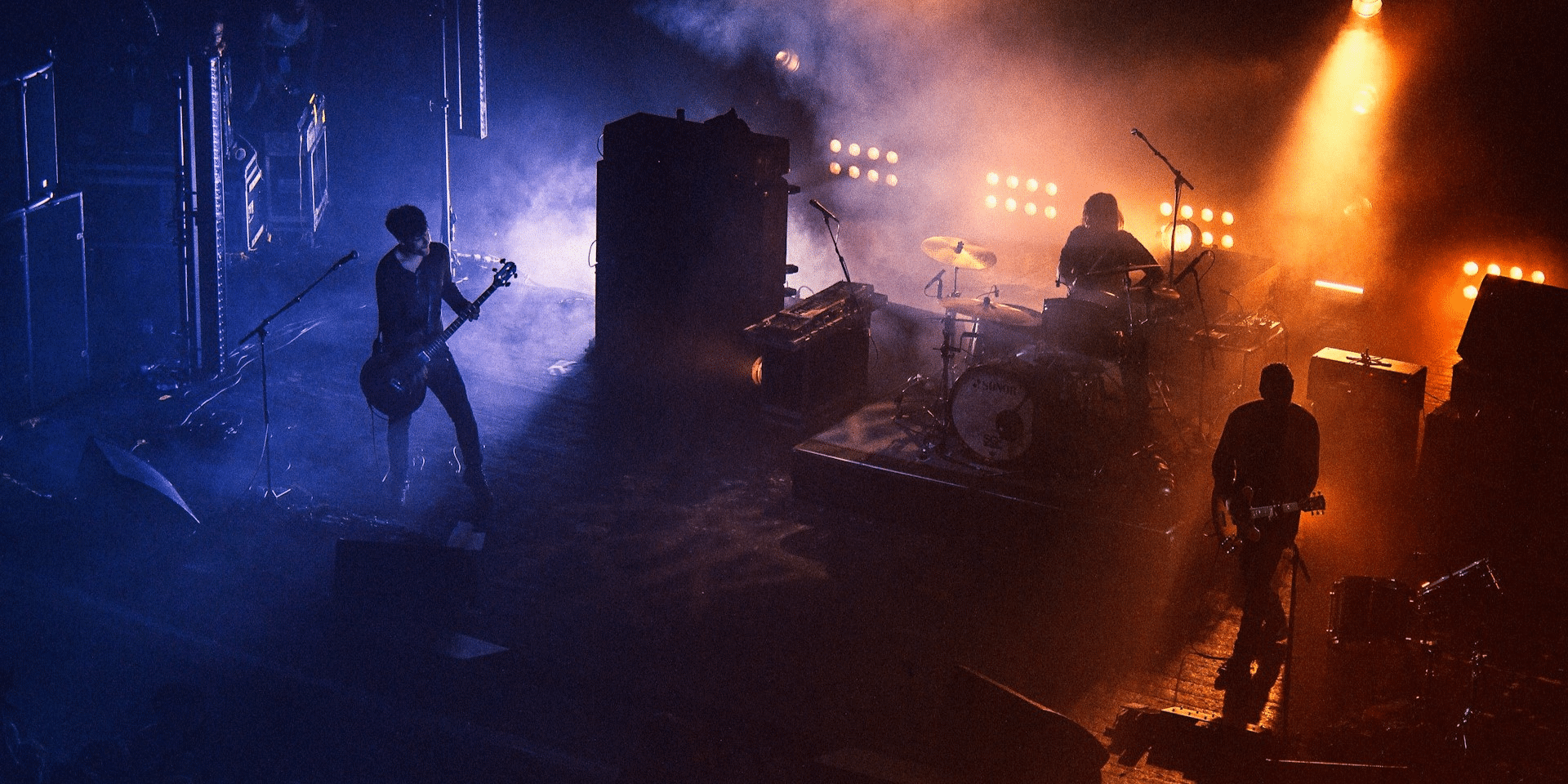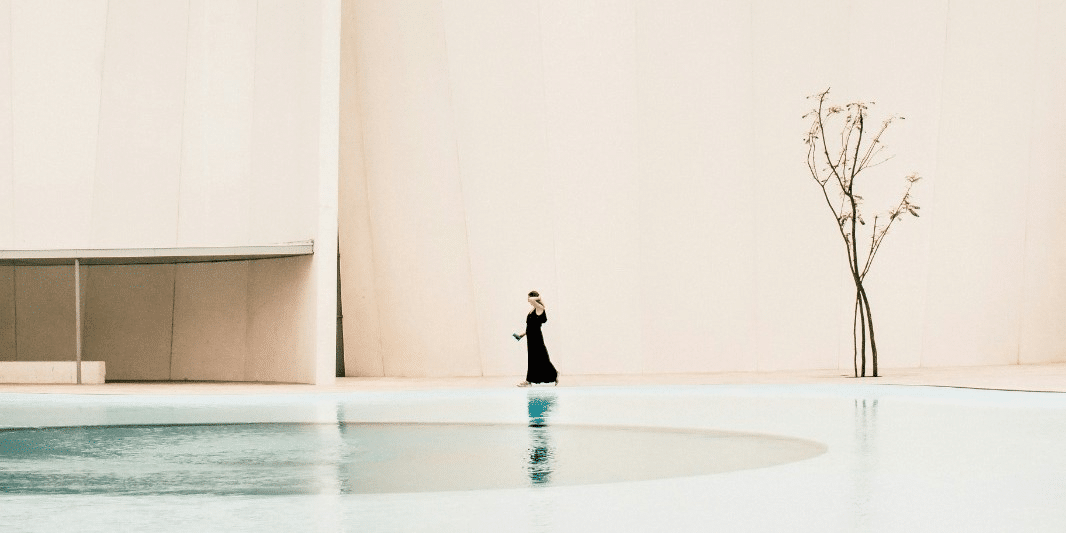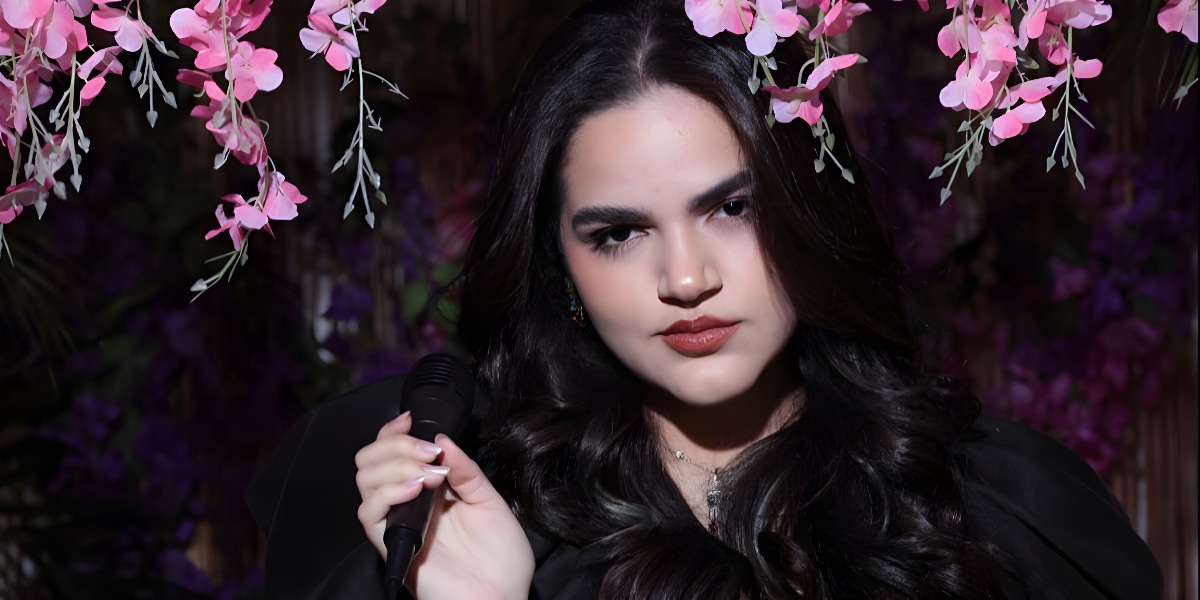The Impact of Live Performances on Fan Engagement
Live performances have long been a staple of the music industry, providing fans with the opportunity to experience their favorite artists in person and creating lasting memories that deepen their connection to the music. Whether it’s a sold-out stadium concert, an intimate acoustic set, or a high-energy festival performance, live shows have a unique ability to captivate audiences and leave a lasting impression. In this article, we’ll explore the ways in which live performances affect fan engagement and why they are such an integral part of the music experience.
1. Creating Unforgettable Memories
One of the most significant ways in which live performances impact fan engagement is by creating unforgettable memories that fans cherish for years to come. Attending a live concert or music festival allows fans to immerse themselves in the music, connect with other fans, and experience the energy and excitement of a live performance firsthand. These shared experiences create a sense of camaraderie and belonging among fans and forge lasting connections between fans and artists.
2. Building Emotional Connections
Live performances have a powerful ability to evoke emotions and create meaningful connections between artists and fans. Seeing an artist perform live allows fans to experience the raw emotion and passion behind the music in a way that recordings simply cannot capture. Whether it’s the exhilaration of a high-energy rock concert, the intimacy of an acoustic performance, or the nostalgia of hearing a favorite song performed live, live shows have a profound impact on the emotional state of fans and deepen their connection to the music and the artist.
3. Strengthening Fan Loyalty
Attending live performances can also strengthen fan loyalty and devotion to an artist. When fans have the opportunity to see their favorite artists perform live and experience the magic of a live show, it deepens their appreciation for the artist and fosters a sense of loyalty and support. Fans who attend multiple live performances, travel long distances to see their favorite artists, and engage with other fans in the concert community are often the most dedicated and passionate supporters of an artist.
4. Fostering Community
Live performances bring fans together from all walks of life, creating a sense of community and belonging among music lovers. Concerts and music festivals provide a shared space for fans to come together, connect with others who share their passion for music, and celebrate their love of music in a supportive and inclusive environment. Whether it’s singing along to their favorite songs with thousands of other fans or making new friends in the crowd, live performances foster a sense of community and camaraderie among fans.
5. Generating Excitement and Anticipation
Live performances generate excitement and anticipation among fans leading up to the event, as they eagerly await the opportunity to see their favorite artists perform live. The anticipation of attending a live concert or music festival adds an extra layer of excitement and energy to the music experience, as fans count down the days until the event and make plans with friends to attend together. This anticipation builds as the event draws nearer, creating a buzz of excitement that enhances the overall fan experience.
6. Providing Opportunities for Artist-Fan Interaction
Live performances also provide opportunities for artist-fan interaction, allowing fans to connect with their favorite artists in a more personal and intimate setting. Whether it’s meeting the artist at a meet-and-greet event, interacting with them on social media, or simply being in the same room as them during a live performance, these interactions create memorable moments for fans and strengthen their connection to the artist. Artists who engage with their fans and show appreciation for their support often cultivate a dedicated and loyal fan base.
The Continued Impact Live Performances
Live performances play a crucial role in fan engagement and are an integral part of the music experience. From creating unforgettable memories and building emotional connections to strengthening fan loyalty and fostering community, live shows have a profound impact on fans and artists alike. As live music continues to evolve and adapt to changing trends and technologies, one thing remains constant: the power of live performances to bring people together, create lasting memories, and deepen the bond between fans and artists.













